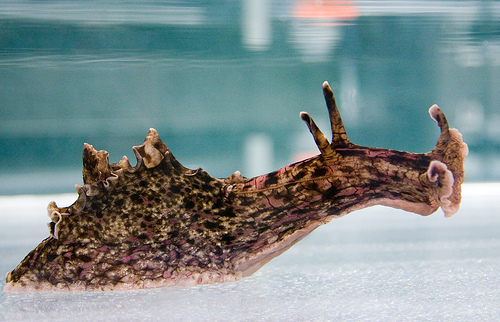The first photo of recording information in the brain
Biochemists from UCLA succeeded for the first time in the world to conduct a successful experiment on the visual identification of specific protein molecules that are synthesized in the brain when recording new information into long-term memory. In the photo on the left - the brain area before recording information, on the right - after.

Unlike short-term memory, long-term memories are stored at the “physical level,” that is, in the form of unique physical chains of synapses that are constantly generated and modified, which requires continuous synthesis of new proteins. In this experiment, the nerve cells were treated with a fluorescent substance that reacted to ultraviolet, after which scientists could observe the synthesis of new proteins that did not respond to UV.
The experiment involved the sea slug Aplysia californica, whose nervous system works according to the same principles as the human one.
')

Of course, scientists cannot even understand closely how the synapses actually form and what they are. However, even without such an understanding, it is possible to control the process of reliable memorization of information by a person during his training, or to experiment with medicines to improve memory.
via LiveScience

Unlike short-term memory, long-term memories are stored at the “physical level,” that is, in the form of unique physical chains of synapses that are constantly generated and modified, which requires continuous synthesis of new proteins. In this experiment, the nerve cells were treated with a fluorescent substance that reacted to ultraviolet, after which scientists could observe the synthesis of new proteins that did not respond to UV.
The experiment involved the sea slug Aplysia californica, whose nervous system works according to the same principles as the human one.
')

Of course, scientists cannot even understand closely how the synapses actually form and what they are. However, even without such an understanding, it is possible to control the process of reliable memorization of information by a person during his training, or to experiment with medicines to improve memory.
via LiveScience
Source: https://habr.com/ru/post/63150/
All Articles